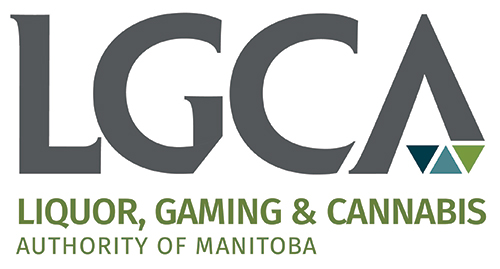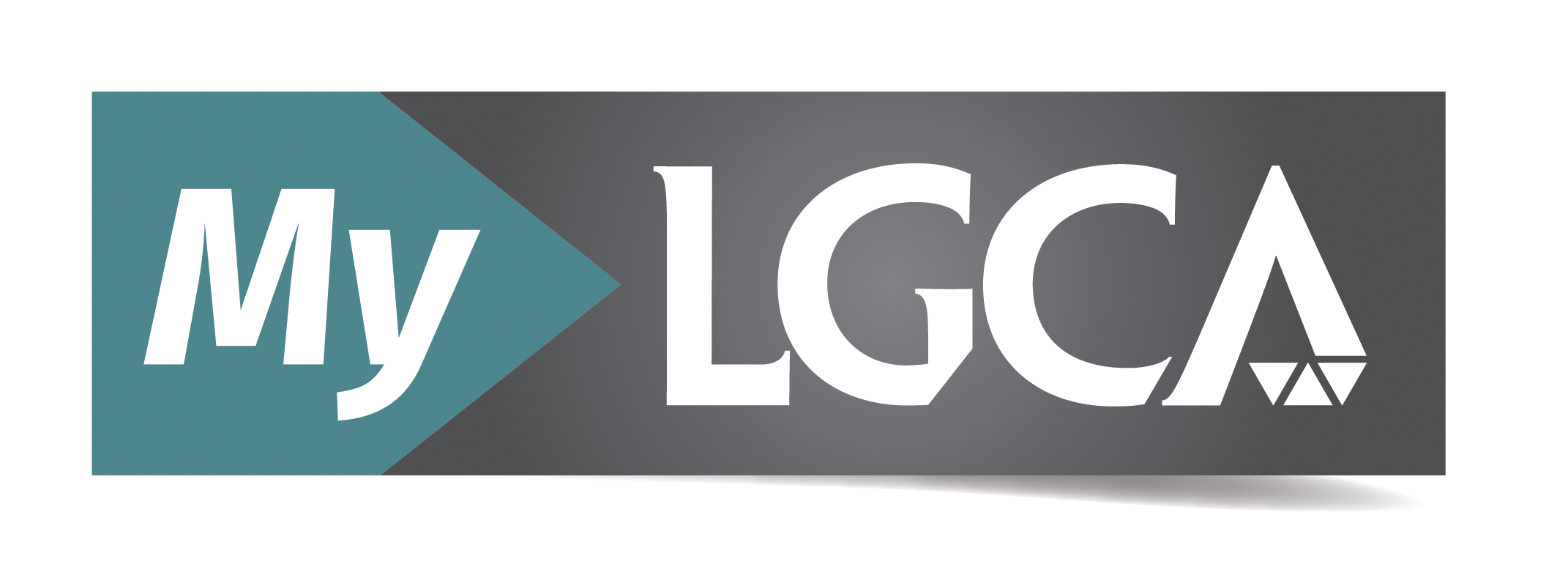The Government Liquor Control Act introduces strict regulations for pricing, advertising, sales quotas and personal purchasing limits:
- Wine and beer can be sold through government-controlled liquor stores to eligible Manitobans holding government-issued permits. These products can be consumed only at the location described on the permit.
- Liquor must be consumed at home.
- Beer can be sold by local breweries and by licensed beer parlours of licensed hotels. Individuals can purchase no more than 24 quarts of beer a week or 72 quarts a month.
- Liquor and wine can’t be transported but can be delivered to a home residence for an additional fee of 25 cents per bottle.
- Manitoba is the only province to keep records of all liquor sales and purchases, including name, address and the type and quantity of liquor purchased. This information is available to law enforcement and social welfare authorities on request.
- People can be banned from buying liquor on the authority of the police magistrate or two justices of the peace.
- Liquor can be manufactured by licensed individuals.
The Liquor Control Commission (LCC) of Manitoba is created to oversee all aspects of liquor buying, selling and service. The LCC plays a more active role in regulation than the previous body.
The long campaign for Prohibition
In the late 19th century, the Temperance Movement exerts pressure to ban alcohol (Prohibition). Amid the emotionally charged debate, the federal government shifts decision-making to the provinces.



